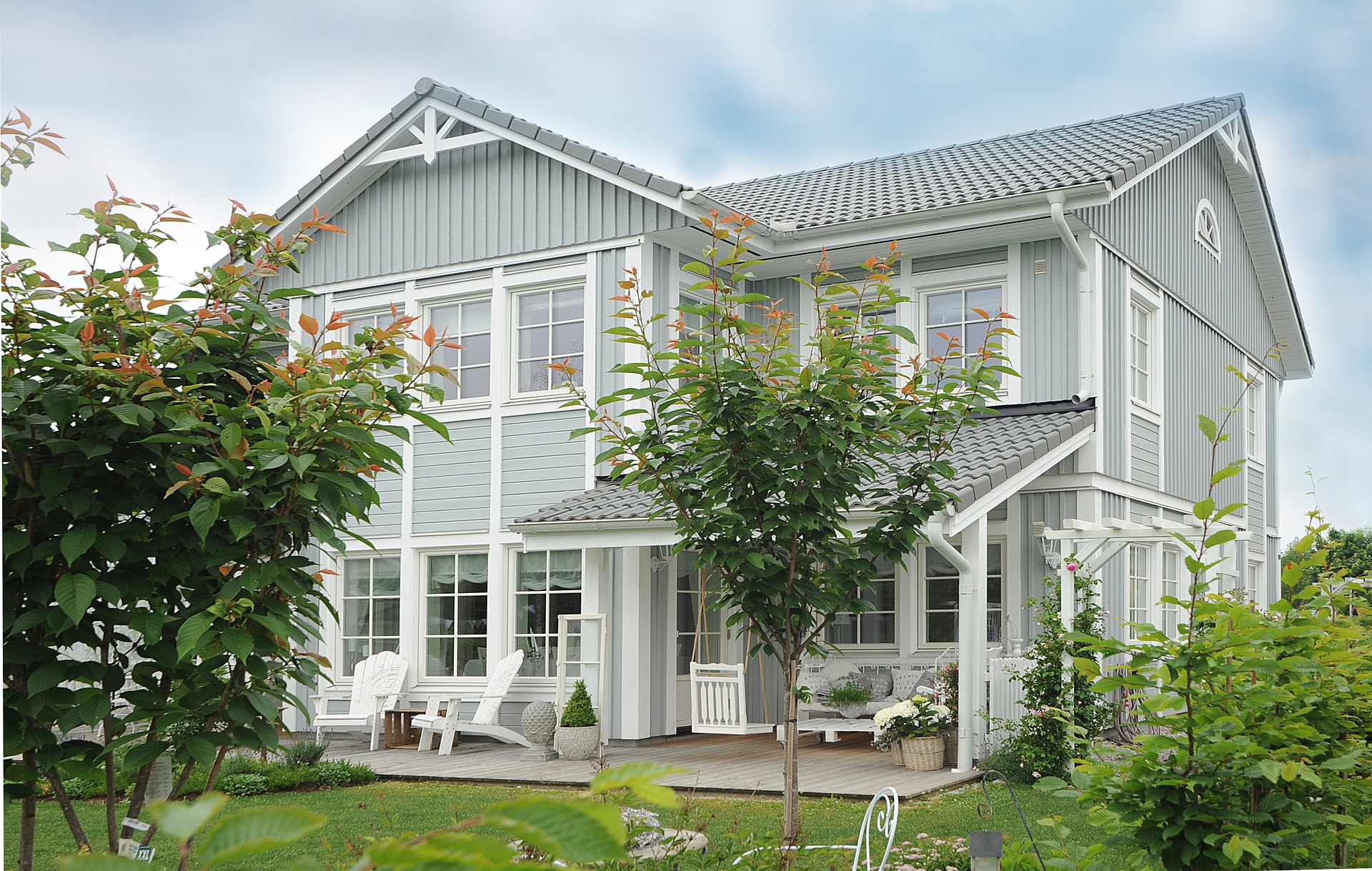With summer comes longer, warmer days, but the season also brings its share of new threats for your home such as bushfires. Without a shadow of a doubt, they make the top of the list when it comes to the most feared natural hazards. However, there are ways to minimise the risk of losing your property to the flames.
The key is to anticipate and prevent, rather than cure later on. In other words, the better (and earlier in the season) you can prepare a property for bushfires, the better chance it stands of resisting and surviving. Whether you are a homeowner or tenant, this “How To” guide will help you know how to protect your home best.
A tidy, clean garden is a safer garden. During bushfire season more than at any other time, you should make sure always to keep it in check.
Mow the grass regularly and don’t forget to remove the cuttings. You should also clean fallen leaves and branches, and trim overhanging trees and shrubs. Finally, clear the area around your home and make sure to remove any material that can burn, such as mulch, woodpile or rubbish.
Clear your gutters of leaves and branches
Leaves and branches are highly flammable. If your gutters are clean, then the risk of ignition during a bushfire will be considerably diminished.
Burning embers can easily set your house on fire. Indeed, research has shown that ember attacks are responsible for no less than 80 per cent of home losses in the event of a bushfire. Knowing this, make sure to check and remove all debris from your gutters regularly. If you can, also install fire-resistant gutter guards.
If a bushfire is close and your home is at higher risk, and if you can manage, block the downpipes and fill the gutters with water.
Seal your house against embers
Anywhere embers can lodge or enter puts your home at risk, starting with the roof. Most homes ignite when sparks or burning embers blow under tiles and start burning roofing timbers or accumulated litter.
Look for and fix or replace any missing or faulty tiles. Make sure to seal all gaps, cracks and holes in your roof and walls. A cheap and effective way to do that is to use compressed mineral wool insulation. Home buyers in Tampa
Finally, install fine steel wire mesh screens on all windows, doors and vents as these crevices also are potential entry points for embers.
Check and update your smoke alarms
The legislation on smoke alarms vary from one state to another, so check what applies to your home. In New South Wales, smoke alarms must be installed on every level of the house. In Queensland, the safest state when it comes to fire prevention, the new legislation is even stricter. It stipulates that interconnected photoelectric smoke alarms are required in all bedrooms, in hallways that connect bedrooms with the rest of the house, and on every level.
No matter the legislation (Google “fire safety legislation + your state” to know what applies to your home), play it safe and equip your home with enough smoke alarms qs they could save your and your family’s lives. Make sure to check them once a month and replace the battery at least every year.
Prepare yourself with a bushfire plan
Before it comes to the worst, you need to make sure that you will know how to act in case of an emergency. That’s when a survival bushfire plan becomes key, as it will detail every step to take.
Try to think about all the choices you would need to make in the event of a bushfire, and decide what the plan is for each situation you would face. These choices are much easier to do with a cool head and without feeling the pressure of a real bushfire.
Keep all important numbers on hand, as well as a survival kit that should include medicine and a first aid kit, a waterproof torch, a waterproof bag for valuables, etc.. Don’t forget your ID documents and keep everything somewhere easy and quick to access.
Not sure where to start? To improve or make a plan that you know will withstand the test of a bushfire, spare 5 minutes of your time and take the “How fireproof is your plan?” test.
Understand bushfire danger ratings and stay alert
It is essential that you know and that you understand bushfire danger ratings. They range between “Low-Moderate” and “Catastrophic” or “Code Red”, and give you an indication of the risk and what you should do.

At all times, before, during and after a bushfire, monitor the conditions in your area. Stay alert and be ready to leave if required. To keep yourself informed on the situation, check the official websites. You can also download apps such as “Fires Near Me” and set up watch zones, listen to the radio, or simply watch the news.
Check your home and contents insurance
Home and contents insurance should be one of the first things to look at. Before it’s too late, and even if it’s not mandatory, make sure to take out a policy that will protect you in case of bushfires. Of course, this is even more crucial if you live in a bushfire-prone area.
If the worst comes to worst, you might need to provide supporting documents when submitting a claim. Take photos of your house and belongings, and scan all your house-related invoices or paperwork. Save everything on a cloud and keep the originals in a safe place, easy to access in case of fire.
Also, be aware of waiting periods. If you take out a new policy for your home and contents, bushfires damages happening in the first 48 to 72 hours won’t usually be covered by your insurer.